Introduction
The following research report has the main purpose to answer the question: ‘’How could an online platform contribute to the development of a more sustainable European Hemp Industry? ‘’.The constant increasing demand of European hemp companies for better standards, higher quality and more sustainability creates massive opportunities for new start-ups. These new companies could hurdle progression challenges and are able to address the needs of current players in the market. These interpretations highly motivated the author to analyze the market and find specific answers for these questions.
Over 76% of the European hemp companies are currently unsatisfied with their online marketing and sales solutions. Furthermore, only 6.6% of the sellers can use Amazon as their B2C (Business to Consumer) sales channels. These facts clearly present the problems within the European hemp market. Legal hemp companies are nearly banned from the common social media and sales platforms. This pushes the European hemp companies back which makes the transition into a sustainable future more difficult.
The following project uses primary and secondary research data to study the market and answer the main questions. The primary data was collected through a research survey and the secondary data via an intensive desk research. Furthermore, the project used the PESTEL-, SWOT-analysis to get a clear understanding about the internal and external market environment of the European hemp industry. There is also a paragraph about the Sustainable Transformation Curve by Lucas Simons to distinguish in which sustainable market transformational phase the market is currently positioned.
The results of the research are presenting highly interesting facts about the status and the future development of the European hemp industry. As an example, the European hemp sector is a niche market with a wide range of product categories. The industrial hemp market is divided into applications which are specified to: supplements, food, cosmetics, fashion, wellness and many other interesting goods. Additionally, the outcome of the project shows that over 60% of the European hemp companies are strongly interested in using sustainable practices and standards.
In conclusion, the future of the European hemp industry is on the way to become one of the biggest sustainable agricultural industries in the worlds!
The European Hemp Market
The European hemp market has experienced rapid growth over the last years. The main producing countries are France, Germany, Poland, the Netherlands, Romania and Lithuania.
The European Industrial Hemp Association (EIHA) established in 2019 a research survey that included data from 65 businesses, associations and governmental bodies. In this survey they identified how hemp leaves, seeds and flowers are cultivated and distributed across 28 European nations.
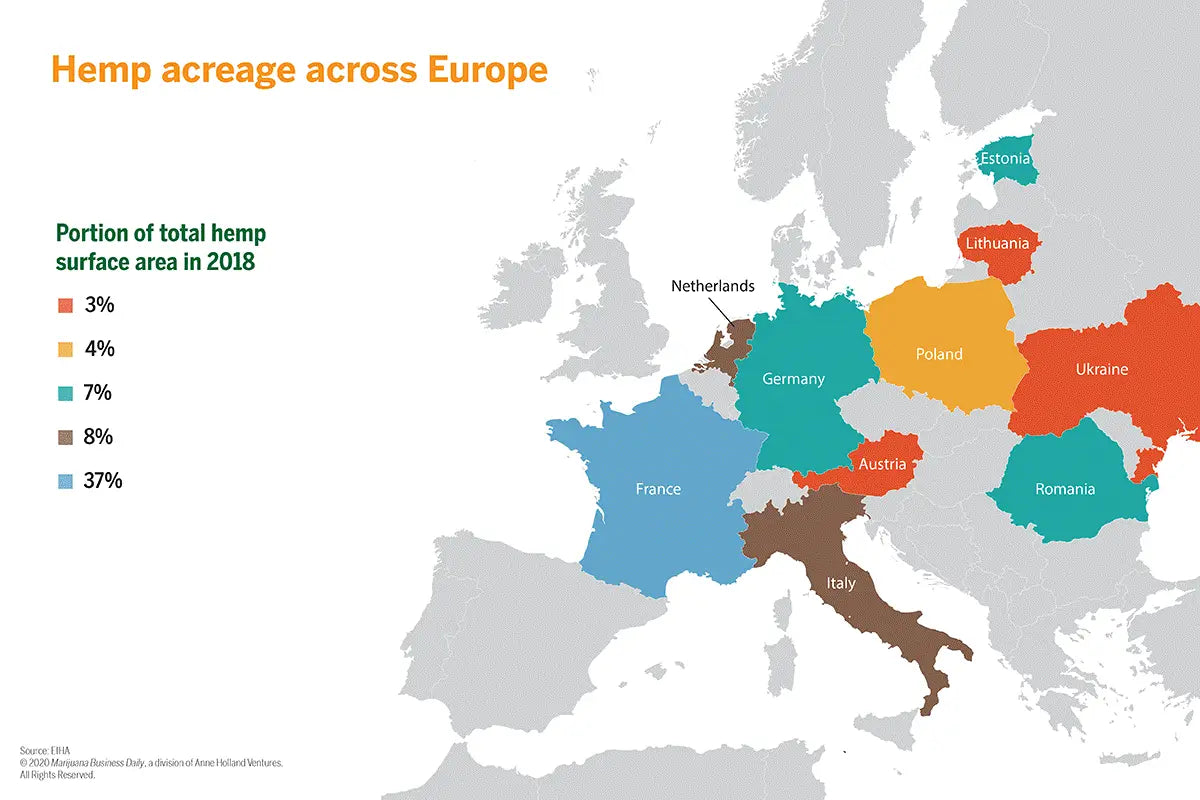
The result displayed that France alone produces nearly 50% of the European hemp. With a total production area of 17.900 hectares in 2018. (France, Italy, Netherlands lead Europe for hemp land use, industry group says, 2020)
Many European nations decided to remove their bans on the production of industrial hemp & flax in the 1990s. The purpose to produce hempseeds, fiber and shives is to further process them into: Textiles, food & beverages, feed, cosmetics, wellness, supplements, biofuel, bioplastic, pharmaceuticals, furniture, paper, construction materials and animals care products.
The European cultivation area of hemp grew from 2016 to 2019 by over 50%. The crop is nowadays produced on more than 50,000 hectares in Europe. These numbers are presenting the enormous potential of this industry. To compare, in 2011 the hemp-cultivating European nations amounted to only an acreage of 8,000 hectares.
Over the last 20 years, the European hemp market has been subsidized by the EU as part of their green policies. However, this young industry is still transitioning and evolving. Because of constant growing demands and the rise of prices. Overall, the European hemp sector is on the way to become a secure market space within the next years.
The forecast for the development of the international hemp industry projects a value of 5.7 billion USD in 2020. (European Hemp Market, Legalization and Opportunities , 2019)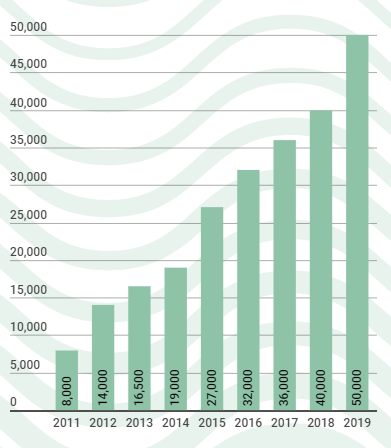
Figure 2 Growth of European hemp cultivation per hectare per year, (European Hemp Market, Legalization and Opportunities , 2019)
Legislation of the European Hemp Market
For all EU member countries, it is currently allowed to cultivate legal industrial hemp. The requirement is that the cultivar and its residuals contain less than 0.2 % THC (Tetrahydrocannabinol).
The EU parliament just recently endorsed to increase the THC levels for industrial hemp on the field from 0.2 to 0.3 % as well as to open new opportunities for the establishment of official marketing standards. This happened within the last key vote on the current shape of the Common Agricultural Policy (CAP). Now the European council just needs to take on the vote of the parliament and put this new standard towards a new legislative body. This new transition would have a major impact on the European hemp industry. The increased THC levels would allow companies to expand their crop portfolio, which provides them with new market and product opportunities. Additionally, this change will result into higher yields and better crop adaptability against the changing climate conditions.
Furthermore, with the implementation of these new marketing standards it would be the first time in history possible to improve the quality and the standardization of all hemp products on the European market. This regulatory framework would also play a major role in terms of transitioning the market. The standards will have a positive impact on the promotion and marketing, labeling, sales, product descriptions, presentation, packaging, framing methods and classification criteria. These frameworks and standards are in all other agricultural industry the common foundations. The hemp industry is on a good way to become one of the most important, legal and successful crops of the future. (EIHA, The EU Parliament endorses the increase of THC level for industrial hemp, 2020)
The European hemp and cannabis industry reached two important milestones shortly after each other. On the second of December, a letter from the Health service department of the European commission got published. Which states that CBD (Cannabidiol) can be from now on be seen and qualified as food.
On the same day, the United Nations Commission on Narcotic Drugs (CND) recognized the pharmaceutical value of cannabis and enabled the World Health Organization (WHO) to readjust the Schedule IV (1961 Convention). This allows the organization to remove cannabis from the list for substances with ‘’particularly’’ harmful properties. These historical breakthroughs lead the hemp and non-medical CBD industry into a bright future. European and international companies, associations and consumers are truly thankful for these new decisions by the UN and the EU commission.
(EIHA, The cannabis sector sees a Christmas wish come true and celebrates two milestones in one week, 2020)
Figure 3 European Hemp Market by New Frontier Data Europe, (Europe, 2019)
Research Survey European Hemp market
The following sections of this research report will be used to present and analyse the collected primary data sets. To create the following graphs and tables the author established a strong international network. Through this network and the personal contact to the company owners, sales managers, and employees it amounted to 80 company responses.
This specific market research targeted all companies which actively sell and export legal Hemp-based products to European countries. Overall, 59 of the 80 companies are already based in a European nation. The graph below presents that most companies are based in the Netherlands, the USA, Spain, the UK and in Germany.
These countries were selected on their activity in the European hemp-market.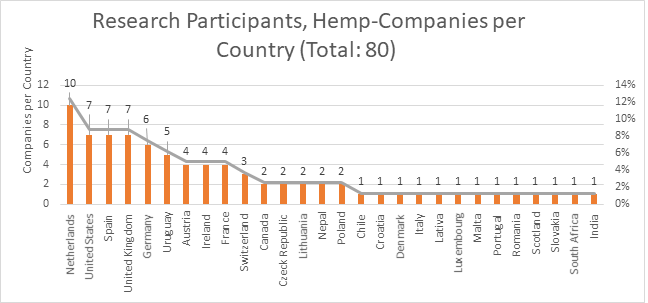 Figure 4 Survey participants per country, Dominik Lutz, 2021
Figure 4 Survey participants per country, Dominik Lutz, 2021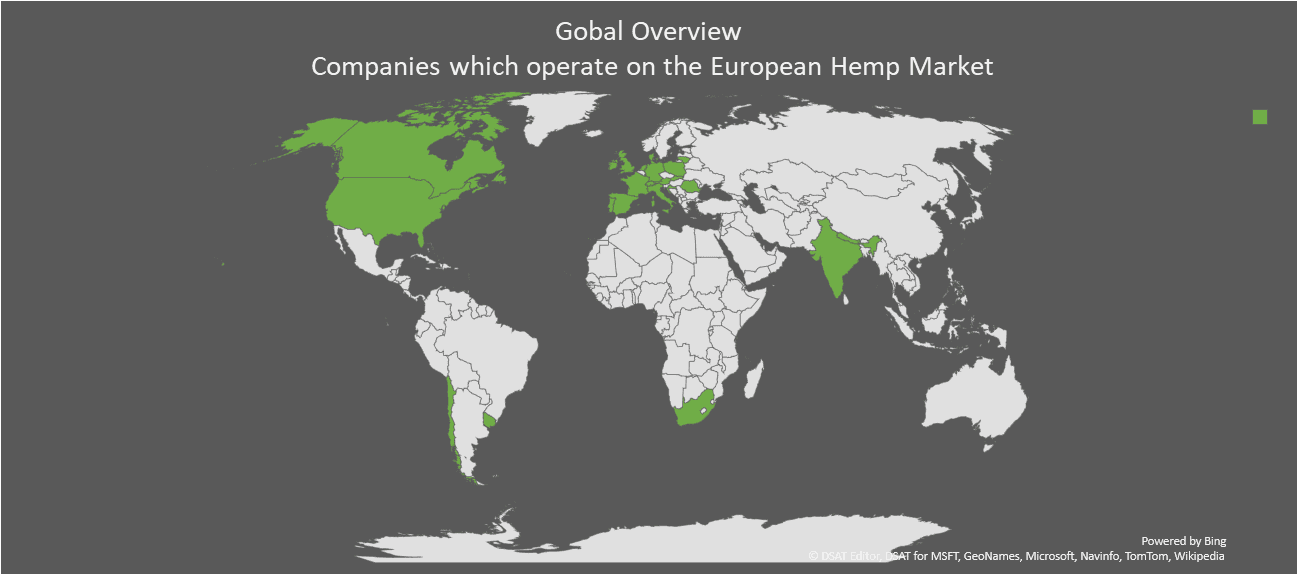
Figure 5 Global overview of the 80 survey participants, Dominik Lutz, 2021
The pie chart above presents the number of employees per company in percentage. The data collection showed that most hemp-companies that are active in the European market are mainly small to medium-sized enterprises. 65% of the companies maintain their operation with 1-9 people. 31 % of the companies have between 10-99 labourers and just 4 % of the companies are considered as large-scale operations with 100 and more employees.
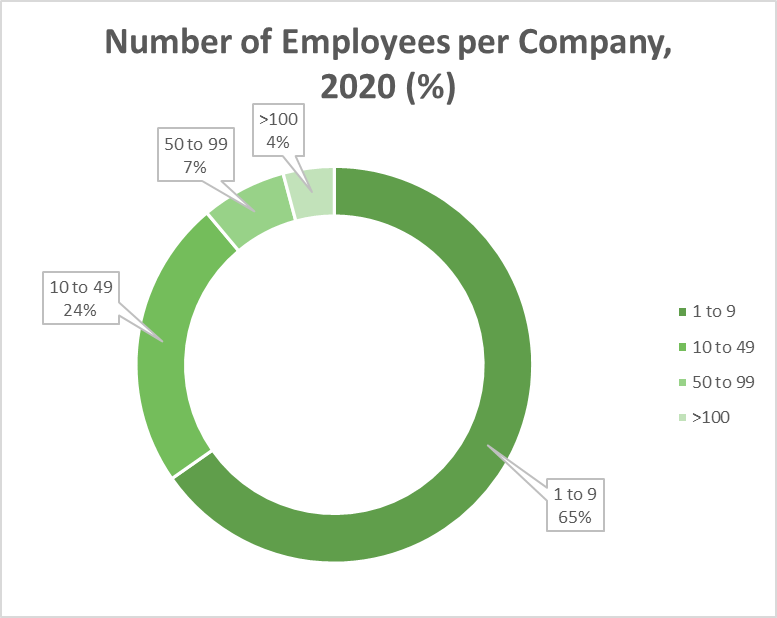 Figure 6 Number of Employees per European hemp company in percent (%), Dominik Lutz, 2020
Figure 6 Number of Employees per European hemp company in percent (%), Dominik Lutz, 2020
The figure below shows the global industrial hemp market share by application of 2020 in percentage. Most of the companies which participated in the survey, also export their products internationally. For this reason, the data can be used to represent the global industrial hemp market share by application. These applications can be summed up to supplements, wellness, cosmetic and food products. Finally, these applications are and will be the most important categories to focus on. But also, fashion, textiles and construction materials have an enormous growth potential.
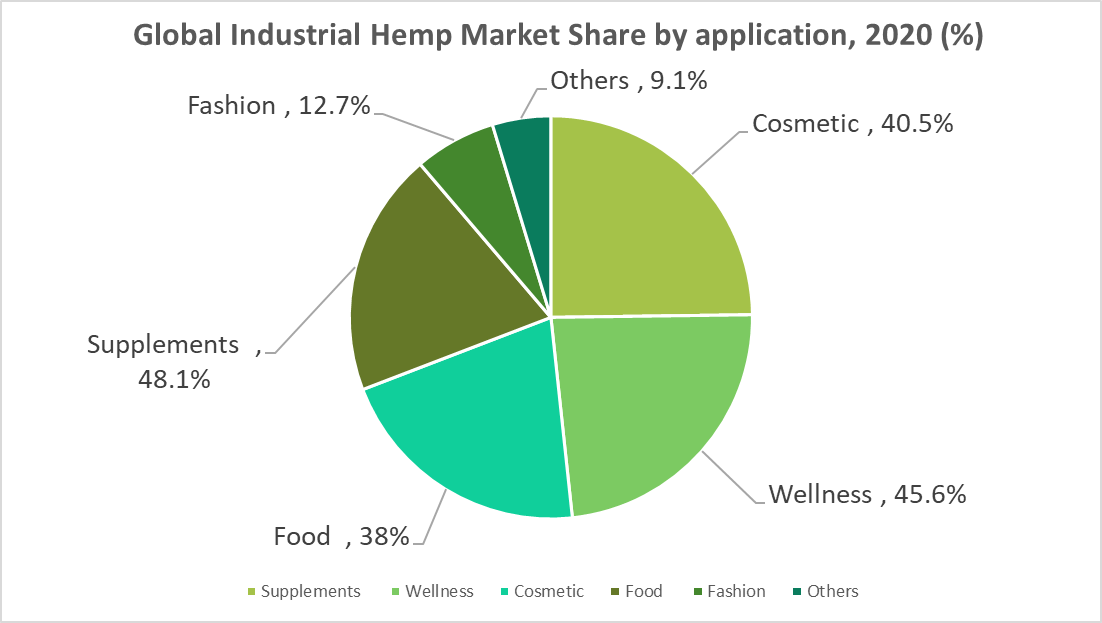
Figure 7 The industrial hemp market share by application in percent (%), Dominik Lutz 2020
In total 53.7% of the 80 conducted answers were saying that they import their products and raw material from foreign countries. 46.3% said that they just source nationally.
The nations listed below are possible sources for European hemp-companies which source internationally.
- China
- USA
- Nepal
- South Africa
- Colombia
- South America
- Canada
- Uzbekistan
- Israel
The collected primary data presented that 67.5% export their products to foreign countries. Only 32.5% of the hemp-companies just sell their products specifically to the national and local market. This shows that the market is very externally oriented and that single companies cannot just rely on their home markets.
The main countries to export hemp-based products to are New Zealand, China, USA, Argentina, South Africa, Ukraine, Brazil, Canada, Japan, India, Mexico, Australia, Malaysia, Vietnam and all European countries.
The following graph displays the type of challenges hemp companies might face in 2020 on the European market. It shows clearly that legal limitations are the most pressing challenge for nearly 70% of all companies.
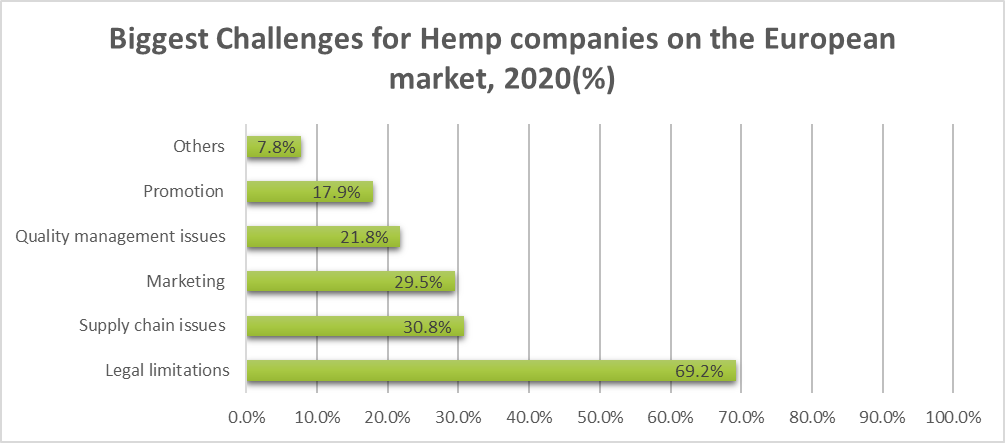
Figure 8 What are the biggest challenges for the hemp companies on the European market in percent (%), Dominik Lutz, 2020
Sustainability within the hemp market
The following chapter of this market research will focus on the question: “What impacts can an E-commerce platform have on the sustainable development of the European hemp market?”. The gathered information will deliver further insights about the sustainable status of the industry. To identify in which transitional phase the market currently is.
79.2% of the 80 European hemp companies answered that they already use sustainably sourced products and raw materials. Just 20.8% said that they do not use any sustainable certified products in their operation. Furthermore, 53.9% of the actors replied that they are not using any sustainable packaging, 46.1% are using sustainable packaging. The European hemp market is very innovative and use many kinds of sustainable packaging materials. These can be found in the list below.
Which sustainable packaging materials are currently used in the hemp industry?
- Cocos-packaging
- Bamboo-packaging
- Hemp-packaging
- Packaging based on cellulose
- Recycled paper, FSC Carton, plastic and glass
- Plastic bags made from sustainable and biodegradable materials
- 100% biodegradable polyamines
- Made from sustainable raw materials.
- Biodegradable
- Locally sourced
- 100% recycled cardboard boxes for some products
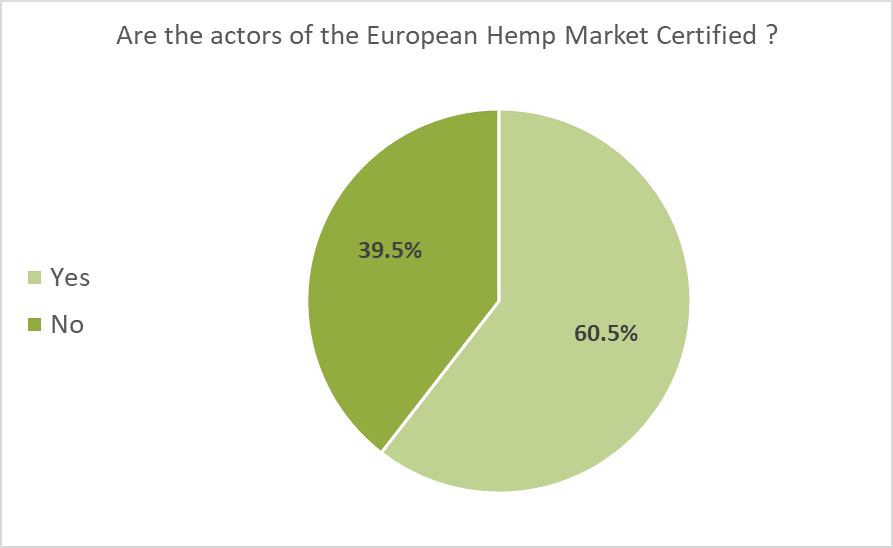 Figure 9 Number of certified European hemp companies, Dominik Lutz, 2021
Figure 9 Number of certified European hemp companies, Dominik Lutz, 2021
The results of the survey presented that 60.5% of the European hemp companies are already certified. Only 39.5% do not follow any guidelines to hold a specific certification as presented in the chart below.
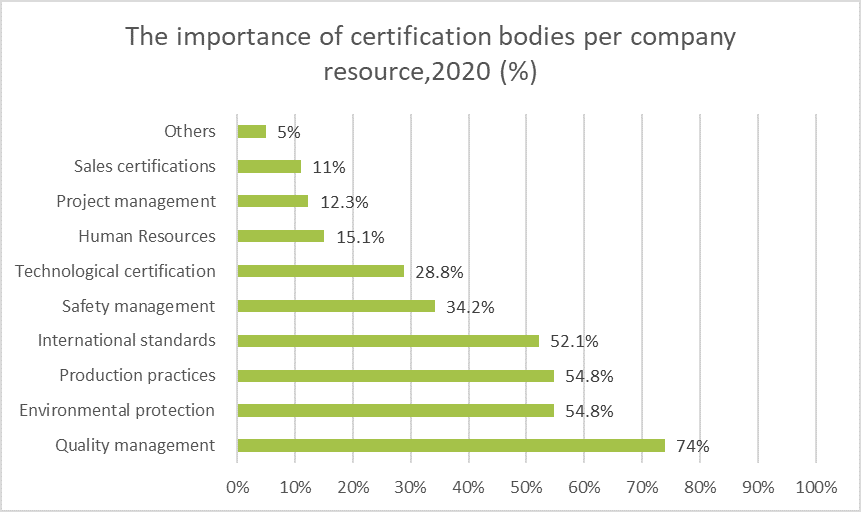
Figure 10 Most important certification bodies for European hemp company per resource in percent (%), Dominik Lutz,2020
Figure 10 above was used to present the importance of certification bodies per company per resource. 74% of the companies answered that they highly focus on quality management certifications. Over 50 % said that international standards, production practices and the protection the environment are from relevant importance.
Technology and safety certifications reach an audience above 28% of all companies. The participants were using certification bodies for human resources, project management and sales the least.
The following list displays the currently used certification bodies within the European hemp sector.
|
EU GMP |
CPNP |
|
ECOCERT certified products |
Food Safety Authority Ireland |
|
Kosher |
USDA Organic |
|
Bio-Austria |
organic - biokont.cz |
|
ISO 9001, ISO 22 000, ISO 22761 |
BRC (AA) |
|
Trademark |
INVIMA |
|
SAHPRA |
For shipping (US CUSTOMS< FDA, USDA) |
|
ICCI |
FSA |
|
HFMA |
SGS and FDA |
|
HACCP certified, |
HIA (USA) |
|
US Hemp Certified Round Table |
GDP |
Table 1 Most used certification bodies within the European hemp sector, Dominik Lutz, 2021
The following chart shows how important sustainability is for the current actors of the European hemp market. More than 60% find sustainability highly important for the successful future of their company. 19.5 % answered that sustainability is important for them but not the most important priority. 13% mentioned that sustainability is important but more urgent steps need to be done first and just 1.3 % of all European hemp companies answered that sustainability is not at all of importance.
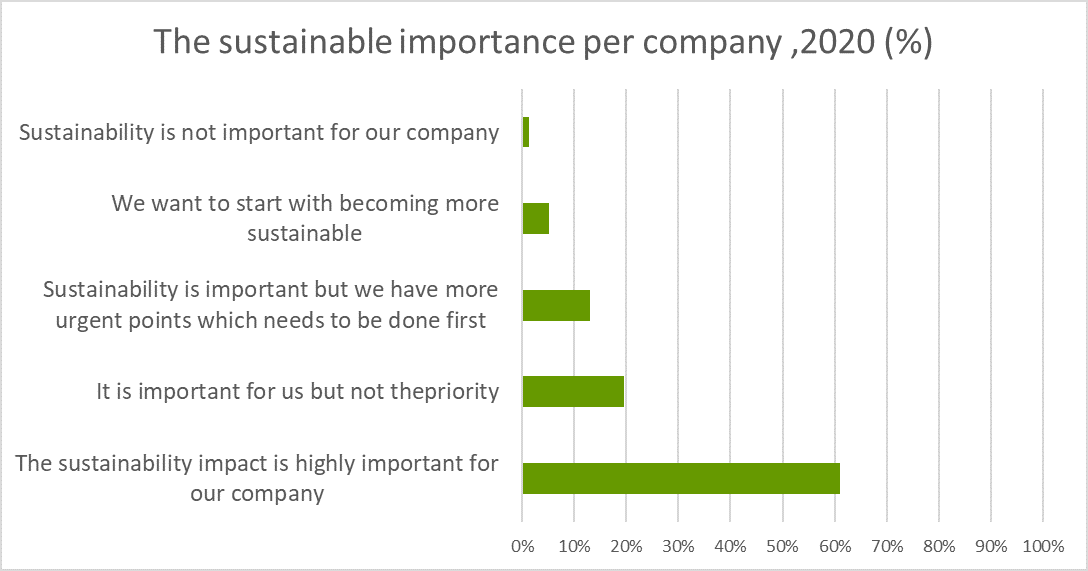
Figure 11 Sustainable attitude of European hemp company in percent (%), Dominik Lutz, 2020
Future opportunities and challenges
In the market survey companies were asked to answer the question: ‘’Which hemp-based product categories will be the most potential one for the European market within the next 10 years?’’. Over 50% of the European hemp companies elaborated that supplements, food and wellness products will be the most promising hemp product categories for the next ten years. 43.8% answered that cosmetics products will have a great potential. Furthermore, 22.5% replied that the fashion industry will also be highly successful. Only 5% of the European hemp companies answered the question with other categories which include construction materials, paper, biogas and animal feed products.
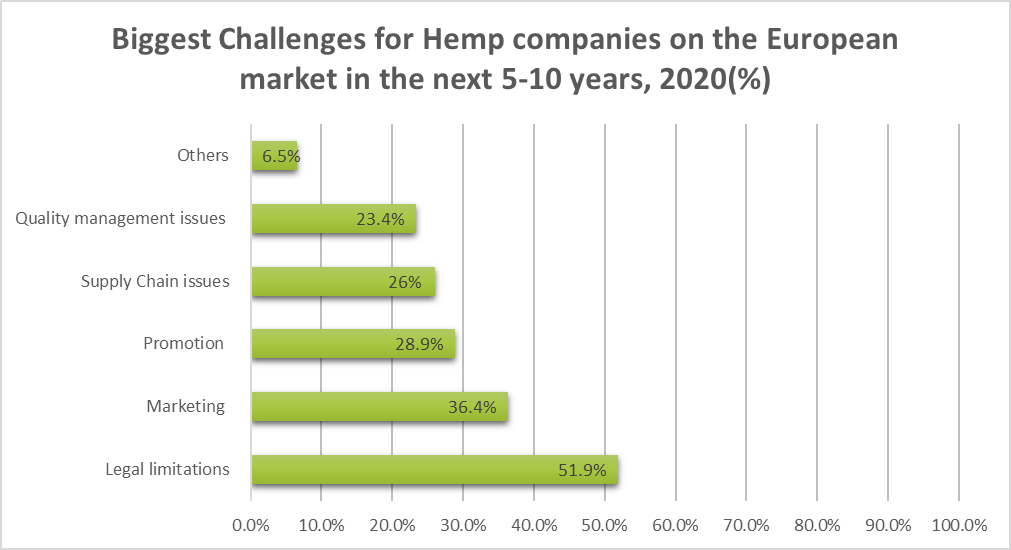 Figure 12 The most pressing challenges for European hemp companies in the next 10 years in percent (%), Dominik Lutz, 2020
Figure 12 The most pressing challenges for European hemp companies in the next 10 years in percent (%), Dominik Lutz, 2020
The chart above gives an overview of the biggest challenges for the 80 survey companies, within the next 5-10 years of the hemp market. 51.9% said that the influence of the legal limitation will still be the most pressing issue. Over 28% of the companies answered that marketing and promotion will still cause problems in the future of the sector. Quality management and supply chain issues are the least pressing challenges.
Sustainable market transformation of the EU hemp industry
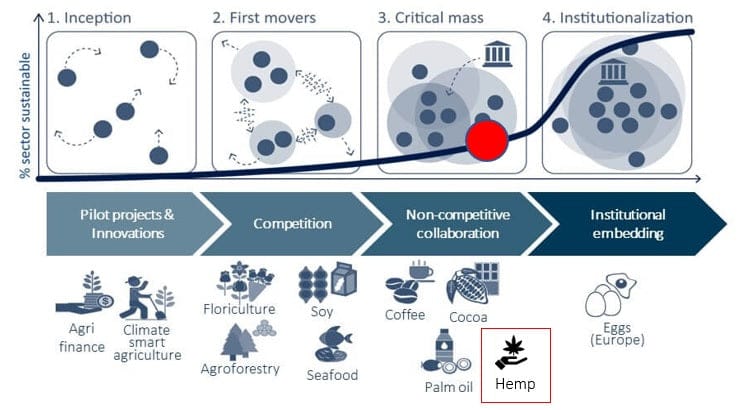
Figure 13 The European hemp market within the S-Curve, Dominik Lutz, 2021
Over the last years the European hemp industry went through the inception phase and the first movers phase. The companies became aware about the importance of sustainability and started to compete based on competitive advantages of their resilient products. This resulted into the active promotion of sustainable, renewable and certified European hemp products. Furthermore, this process pushed the sector into the third phase of the S-curve.
The European hemp market is currently positioned in the critical mass phase of the Sustainable Transformation Curve. In this phase the sector starts to cooperate and to use reliable certification systems. The actors within the current hemp market started to understand the importance of certifications and standards over the last years. This is a great step forward, but it will not yet lead the sector divergence of sustainable value chains. Within the primary research of this report, it became clear that nearly 80% of the companies have an enormous interest in producing and selling sustainable products. The current actors clearly presented that there is growing interest in secure certification bodies, sustainable packaging and locally sourced materials. Furthermore, 60% of the 80 companies answered that they are using reliable certification bodies. At this stage it becomes clear that the actors and stakeholders of the European hemp market start to create together an industry-wide vision. This vision can be seen as a road map to guide the sector into the final institutional phase within the next years. The final phase is also called level playing field which implements that sustainable practices are the new normal. (Insight, n.d.)
Bibliography
EIHA. (2020, 12 03). The cannabis sector sees a Christmas wish come true and celebrates two milestones in one week. Retrieved from eiha.org: https://eiha.org/wp-content/uploads/2020/12/Press-release_CBDUN.pdf
EIHA. (2020, 10 26). The EU Parliament endorses the increase of THC level for industrial hemp. Retrieved from eiha.org: https://eiha.org/wp-content/uploads/2020/10/PR_Vote-on-CAP_THC.pdf
Europe, N. F. (2019, 08 26). About Importing CBD to Europe. Retrieved from newfrontierdata.com: https://newfrontierdata.com/cannabis-insights/about-importing-cbd-to-europe/
France, Italy, Netherlands lead Europe for hemp land use, industry group says. (2020, 04 08). Retrieved from hempindustrydaily.com: https://hempindustrydaily.com/france-italy-netherlands-lead-europe-for-hemp-land-use-industry-group-says/
Insight, N. (n.d.). Driving the transition. Retrieved from http://www.newforesight.com/: http://www.newforesight.com/wp-content/uploads/2018/04/NFC-Insight-s-curve-Driving-the-transition-towards-sustainability.pdf
European Hemp Market, Legalization and Opportunities . (2019). Retrieved from cannabusinessplans.eu: https://cannabusinessplans.eu/european-hemp-market-legalization-and-opportunities/
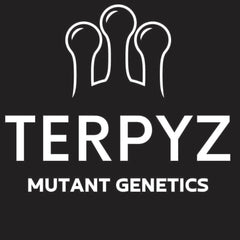
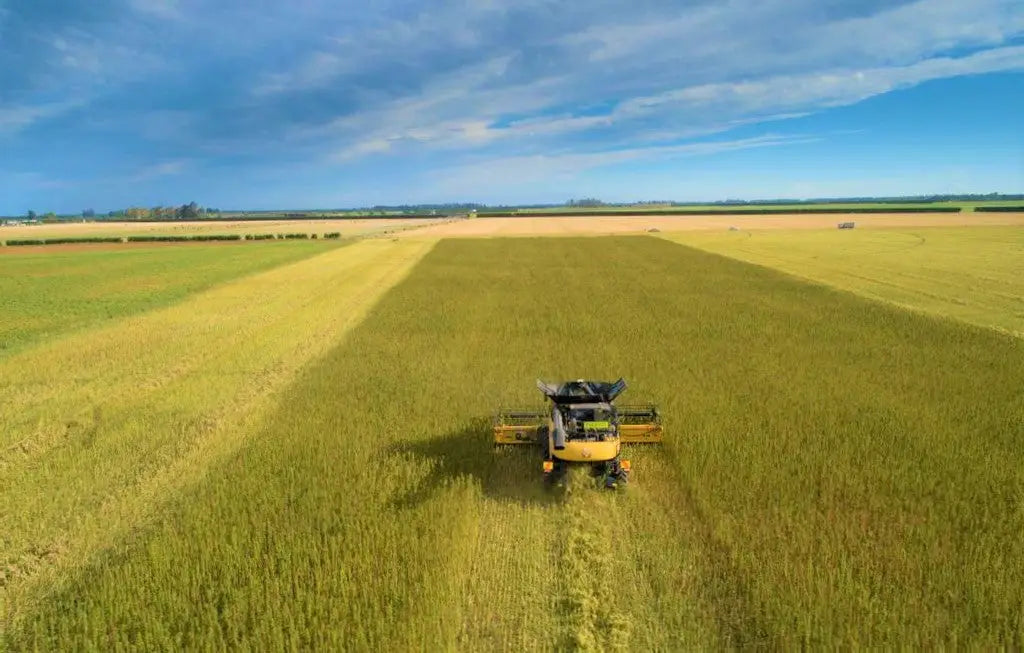
1 comment
Marnik
I am definitely convinced that in order to stimulate organic sustainable grow, that it is necessary for innovative companies to change the industry’s landscape to facilitate new projects and enterprises. I hope this platform will continue their progress to become such a company which will have a strong sustainable impact on the whole hemp industry in particular cannabis. It would be very interesting to see the industry as a whole over the years.